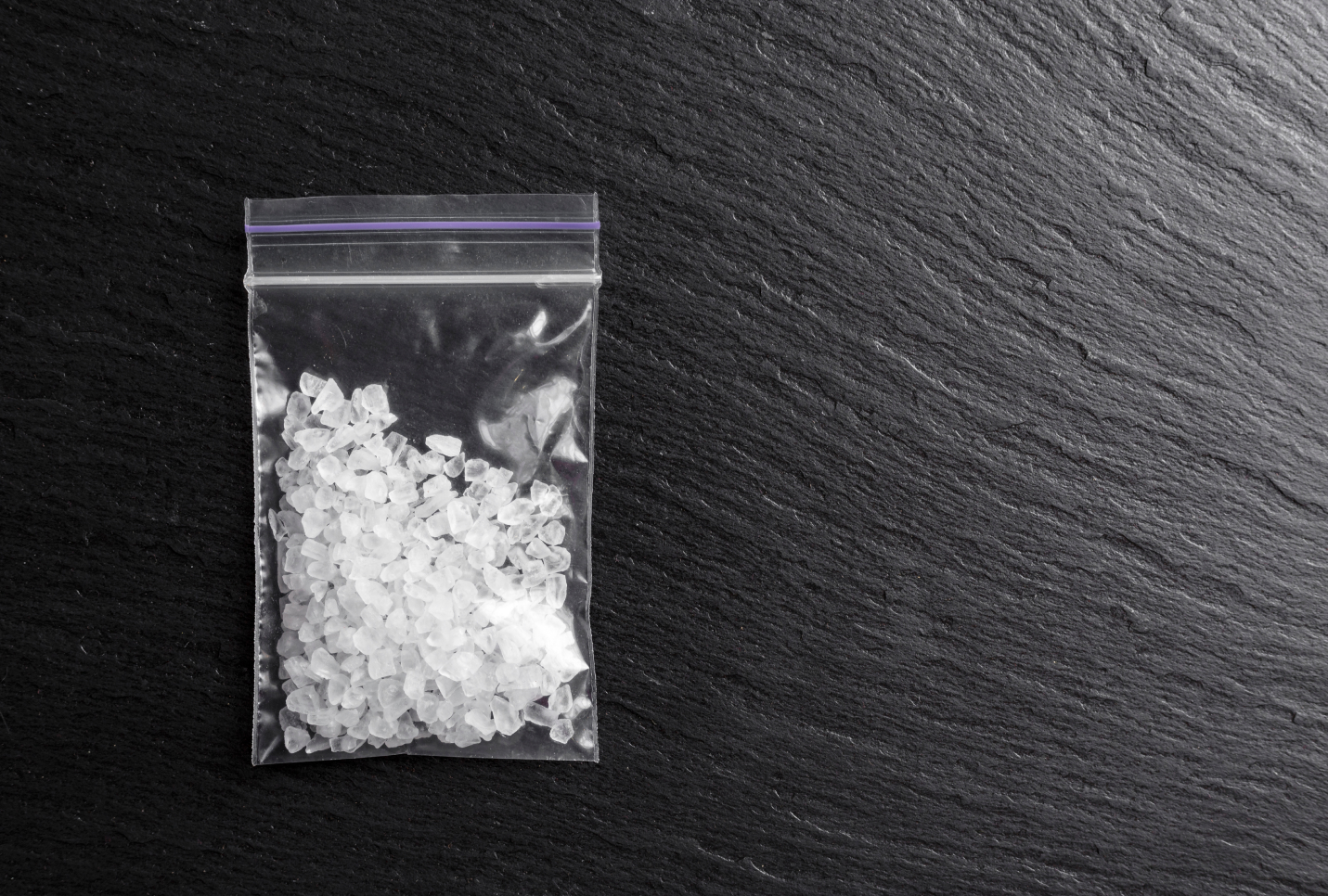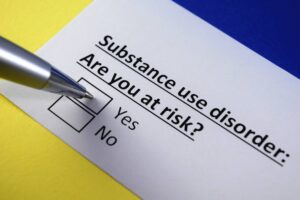We often hear different addictive drugs being referred to by street names, and crystal meth is no different. Crystal meth, or ice, has a variety of names, but don’t let that distract you from the dangers of it.
It is a methamphetamine that is part of the amphetamine family of drugs and is known to have devastating mental health and physical effects. People that are suffering from addiction do not always think that that’s the situation that they are going to end up in.
Drug use is a slippery slope, and once introduced to harder drugs, it can be more difficult to break the cycle and overcome addiction. Ice is no different, and when it becomes a part of a person’s routine can risk the overall safety of that individual.
To learn more about ice, how it’s used, what the effects are, and long-term issues that can arise from using it, keep reading.
What Is Ice?
Ice is a synthetic stimulant that directly impacts the central nervous system. Crystal methamphetamine is one of the most potent variants of this drug and has no color to it.
It has a very strong odor and bitter taste. It gets its name ‘ice’ from the crystal-like formations that it appears to have. These crystals are either white or brownish and are jagged in their appearance.
Ice is the stronger and more addictive form of methamphetamines out there, making it the most dangerous. It typically has more harmful side effects and a more intensive reaction after using it.
How Is It Used?
Ice is used by smoking it or injecting it. When smoked, you can feel the effects of ice almost immediately, and when injected, you can feel the effects within the next 30 seconds. These two methods are the most efficient to get crystal meth into your bloodstream so that the effects are brought on quickly.
Sometimes ice will be swallowed or snorted, but it takes between 15 and 20 minutes for it to kick in if swallowed and three to five minutes if snorted. Many people that use crystal meth want to feel the effects as quickly as possible, so these last two ways aren’t as efficient.
Other Names for Ice
Ice may not be the most common name that you hear to describe this substance. Crystal meth is likely the first thing you think of, but it’s called ice because of how it looks. It’s very similar in look to ice crystals and usually is clear or white.
Ice is also known as shabu, crystal, glass, shard, and Tina. Despite what you call it, it’s all the same substance and has the same effect on a person’s mind and body.
What Are the Effects of Taking Ice?
Ice can trick a person into thinking they are doing great because it sends an intense rush of dopamine, energy, and even confidence through the person’s system. The effects of ice can last for up to 12 hours, but a person may not feel like themselves for several days after using it.
Some people claim that even after the high is gone, it can be very difficult to sleep for days as it continues to exit your system. How ice affects a person is dependent on a few things: how much they take, how big of a person they are, how strong the drugs are, if they are used to using ice, and whether or not they are taking other drugs simultaneously.
Some of the effects of taking ice that you could experience are:
- Feelings of confidence
- Energy bursts
- Increased alertness
- Excessive sweating
- Itching and scratching
- Widened pupils
- Dry mouth
- Reduced appetite
- Teeth grinding
- Quickened heart rate
- Increased sex drive
When you use crystal meth through injection, you are putting yourself at risk of infections and vein damage. You also put yourself at risk for tetanus, hepatitis B and C, and HIV or AIDS if you are sharing needles or not handling them properly.
People that use ice for prolonged periods of ice also might suffer from paranoia, hallucinations, and memory loss. Some people enter into psychosis and struggle to tell what is real and what is not. They might experience paranoid delusions, aggressive behaviors and outbursts, and confusion, leading to dangerous situations.
Coming Down From Ice
Coming down from ice can take several days. The effects can last up to 12 hours, but side effects from use don’t just go away. People report having trouble falling and staying asleep, suffering from paranoia and hallucinations, irritability and depression, and dizziness and blurred vision.
Some people find that because of the extremely low feeling that can happen during the comedown, they will try to use other drugs to offset those effects. Using marijuana, alcohol, or even benzodiazepines is not uncommon during ice comedowns.
Risk of Overdosing
There is also a risk of overdosing when using any amount of ice. You may not know it and end up with a strong and potent batch of crystal meth, or you could use too much of it in one sitting, resulting in an overdose. If you or a loved one experience any of the following symptoms, contact 911 immediately and seek medical intervention.
The following symptoms are signs that you could be experiencing an overdose of ice:
- Chest pain
- Racing heartbeat
- Uncontrolled jerking
- A sudden and severe headache
- Breathing problems
- Loss of consciousness
- Stroke
- Heart attack
- Even death
Don’t wait to seek out help. It could be the difference between life and death.
What Are the Long-Term Problems of Using Ice?
Like with many drugs, ice can cause an array of long-term problems to come up, both mentally and physically.
Some of the most common physical problems that can occur due to long-term ice use are chronic and extreme weight loss, poor sleep quality, dental health problems, stiff muscles, heart and kidney problems, regular colds, an overall lowered immune system, and stroke.
Long-term ice use usually ages a person and makes them appear much older than they actually are. It can cause wrinkly skin, discoloration, and teeth to fall out. As for mental health, ice can have long-term effects on you, including a lack of happiness and less time enjoying activities, rapid mood swings, trouble concentrating, depressive episodes, higher stress levels, and paranoia.
They might experience outbursts of violent behavior that seem uncharacteristic, along with severe shame and guilt. Many people also suffer from financial, social, and career problems as a result of their ice use.
Dependence and Addiction to Ice
As people use ice more frequently and in larger doses, their body keeps up with what’s being put into their system and adjusts. It begins to require more and more of the drug to feel the same level of intoxication as the first time they ever used it. Ice is a highly addictive substance that often leads to dependence and substance abuse.
After prolonged use, most users feel they need it daily to function. The withdrawal symptoms can be debilitating and hard to overcome alone, only prolonging the addiction and experience.
Addiction to a substance like ice needs substantial intervention to see progress toward a sober lifestyle. If you or a loved one is struggling with their addiction to crystal meth, reach out sooner than later to get help. It could be a matter between life and death.
Seek Treatment With SOBA
To overcome your addiction to ice, you will need to go through the detoxification process to help safely get it out of your system. Going through withdrawals alone can be impossible, but with SOBA Recovery Center of San Antonio, Texas, you don’t have to do anything alone.
From the moment you show up, you get around-the-clock care so you can get the help you deserve. With an addiction to a drug like ice, you will likely need to stay inpatient until you have the drug out of your system and have been working towards recovery. It’s not an easy drug to avoid, but the SOBA employees know just how to make it achievable.
Reach out today to talk to a SOBA representative about our treatment options and how the process goes. After a thorough intake process, your team will help develop a dedicated and specialized treatment plan to treat your specific needs. To overcome addiction, you have to get to the bottom of your problems and treat them there.
Don’t wait another day and seek out help now!
Sources:
Methamphetamine – StatPearls | NCBI Bookshelf
Methamphetamine Toxicity – StatPearls | NCBI Bookshelf
What are the long-term effects of methamphetamine misuse? | National Institute on Drug Abuse (NIDA)





